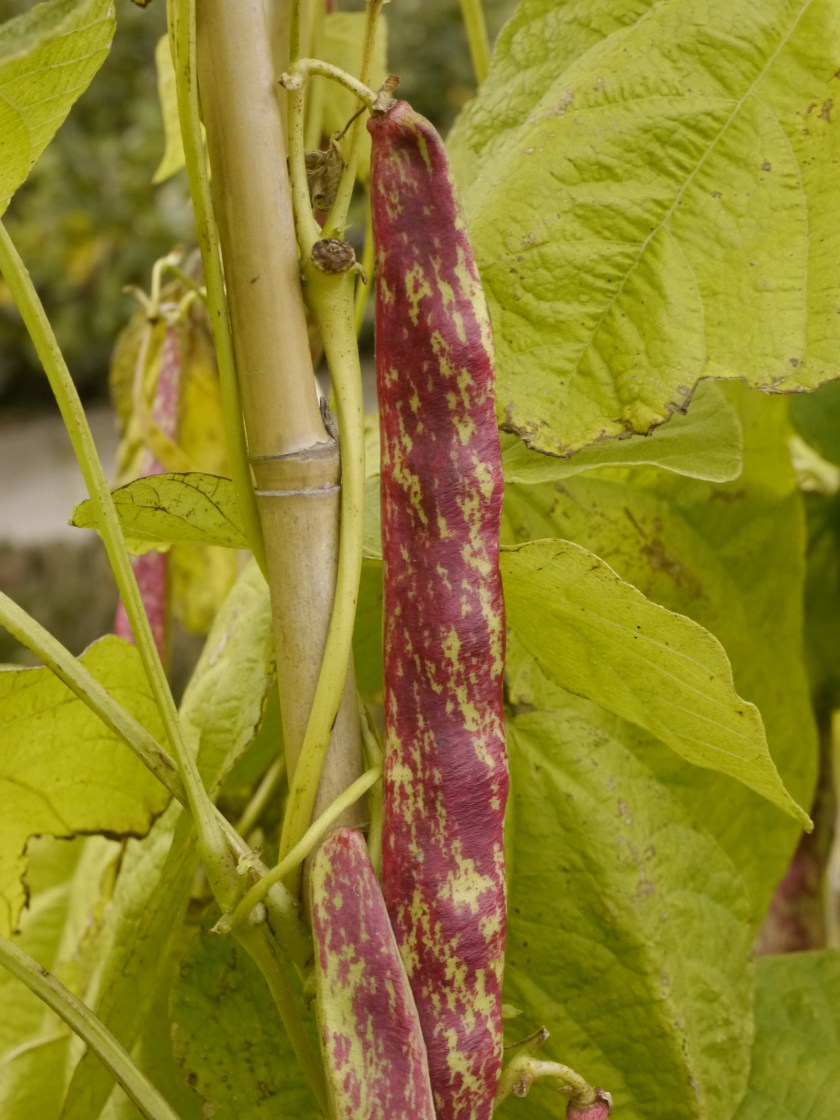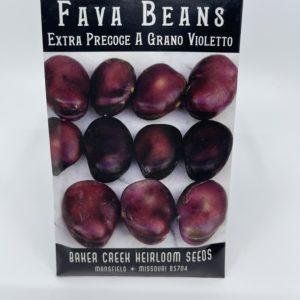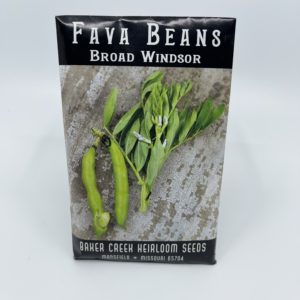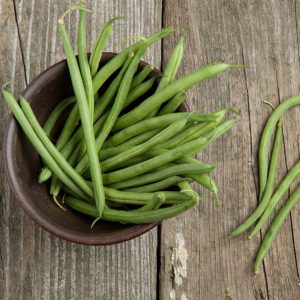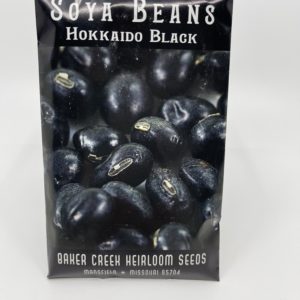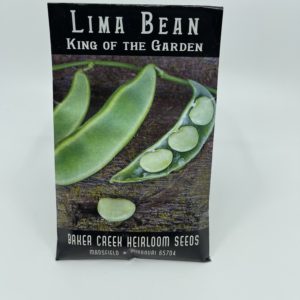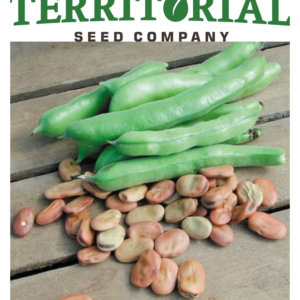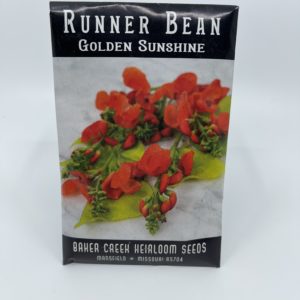BORLOTTI DRYING BEAN
1,250 د.ك
- Drying bean
- Cream coloured beans streaked with red
- Vines can grow up to 20 feet
- Heirloom open-pollinated seeds
- Matures in 80 days
The long vines of this Italian heirloom will grow 20 feet tall if provided support. These produce masses of 15cm (6”) pods by late summer, each filled with good, firm cream coloured beans streaked with red. It’s amazing how productive this vigorous climber can be. The beans are easy to shuck and dry, and once reconstituted for winter soups, they are creamy in texture, with a wonderful nutty flavour.
Borlotti beans are sometimes referred to as Romano beans – not to be confused with the flat green or wax beans like Hilda Romano beans. Rather, Borlotti appear to be descendants from the original Cranberry beans that originated in Colombia the Cargamanto bean. Borlotti were bred to have a thicker skin, and are popular all over the Mediterranean region. The original Cranberry beans, the Borlotti that returned to North America with Italian immigrants, and various other beans (like Taylor Horticultural bean) can still be found that share a common lineage.
Matures in 80 days. (Open-pollinated seeds)
Latin
Phaseolus vulgaris
Family: Fabaceae
Difficulty
Easy
Season & Zone
Season: Warm season.
Exposure: Full-sun.
Zone: All zones.
Timing
Sow as early as possible for beans, around mid-May, so plants can mature before wet weather sets in. Optimal soil temperature: 21-32°C (70-90°F).
Starting
Sow seeds 2-5cm (1-2″) deep, 5-8cm (2-3″) apart, in rows 45-60cm (18-24″) apart. Thin to at least 15cm (6″) apart in each row. If the weather is too wet, beans can also be started in pots indoors and set out carefully a few weeks later. Seeds will sprout in 8-16 days, depending on conditions.
Growing
Ideal pH: 6.0-6.5. Well drained, warm soil in full sun is best. Raised beds help with both drainage and warmth. Use 1 cup of complete organic fertilizer for every wm (10′) of row. Too much nitrogen fertilizer is often the cause of poor pod set and delayed maturity. If beans flower but do not set pods, the cause can be zinc deficiency. Try spraying the plants with kelp based fertilizer. Wet leaves on crowded plants are subject to diseases. Thin plants to increase air circulation and avoid touching the leaves while they are wet.
Harvest
Stop all watering when the first pods start drying out. Harvest when the seedpods are straw coloured. Pull the plants up by the roots and hang to dry. To shell the beans bash them back and forth inside a bag or pillowcase. Or shell them individually by hand. Do not pick until pods are dry. The beans themselves can then be set somewhere out of direct sunlight, where air movement is good, for a further week to insure even dryness.
Diseases & Pests
Cutworms and root maggots can attack seeds and seedlings. Allowing for good air circulation between plants, and taking care not to over fertilize can slow foliar disease, both fungal and bacterial. When thinning your seedlings try to keep enough space in between for air circulation to reduce disease incidence.
Companion Planting
Beans fix nitrogen in the soil. Plant with Brassicas, carrots, celery, chard, corn, cucumber, eggplant, peas, potatoes, radish, and strawberries. Avoid planting near chives, garlic, leeks, and onions. Pole beans and beets stunt each other’s growth.
غير متوفر في المخزون


